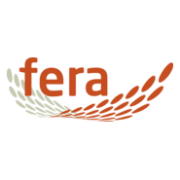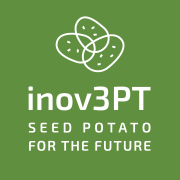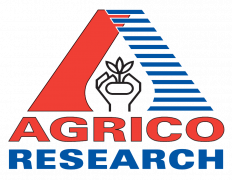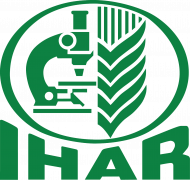Abstract
In the coastal region of the Ganges Delta, rice is the predominant crop during the wet/kharif season and most of the land remains fallow during dry/rabi season due to soil salinity and irrigation water scarcity. Sustainable intensification of coastal saline land needs an improved package of practices which conserves soil moisture, facilitates early crop establishment, ensures profitability and has a positive effect on soil health. To achieve these objectives, we evaluated seven treatments for the potato crop in a randomized complete block design with five replications (farms) during the rabi season of 2017–2018 and again in 2018–2019, viz. T1, ridge planting (control); T2, zero tillage planting with 15 cm (9 t ha−1) paddy straw mulching; T3, T2 + foliar spray of nutrients; T4, zero tillage planting with 20 cm (12 t ha−1) paddy straw mulching; T5, T4 + foliar spray of nutrients; T6, zero tillage planting with 25 cm (15 t ha−1) paddy straw mulching; and T7, T6 + foliar spray of nutrients. Tuber yield was higher in T5, T6 and T7 (37.9–41.5 t ha−1) during the second year over other treatments (21.5–32.3 t ha−1). About 200 mm of irrigation water can be saved by zero tillage planting with paddy straw mulching compared with ridge planting. The tuber quality in terms of crude protein, fat, crude fibre and carbohydrate was better under zero tillage planting with paddy straw mulching. The cost of cultivation of potato was reduced by about 27% due to zero tillage planting (US$ 1211.6 ha−1) compared with conventional tillage, intensive ridge planting practice (US$ 1660.4 ha−1). Zero tillage planting with paddy straw mulching resulted in a net return of US$ 1779.2 ha−1, whereas under conventional cultivation, it was US$ 589.6 ha−1. Zero tillage planting of potato with paddy straw mulching reduced soil salinity (ECe) from 5 to 3 dS m−1, conserved soil moisture (4–8%), improved soil bulk density from 1.49 to 1.44 Mg m−3 and increased soil organic carbon from 0.39 to 0.44%. The results of this study suggest that zero tillage potato cultivation in the dry/rabi season can increase cropping intensity in the salt-affected Ganges Delta and increase income of the farmers.














